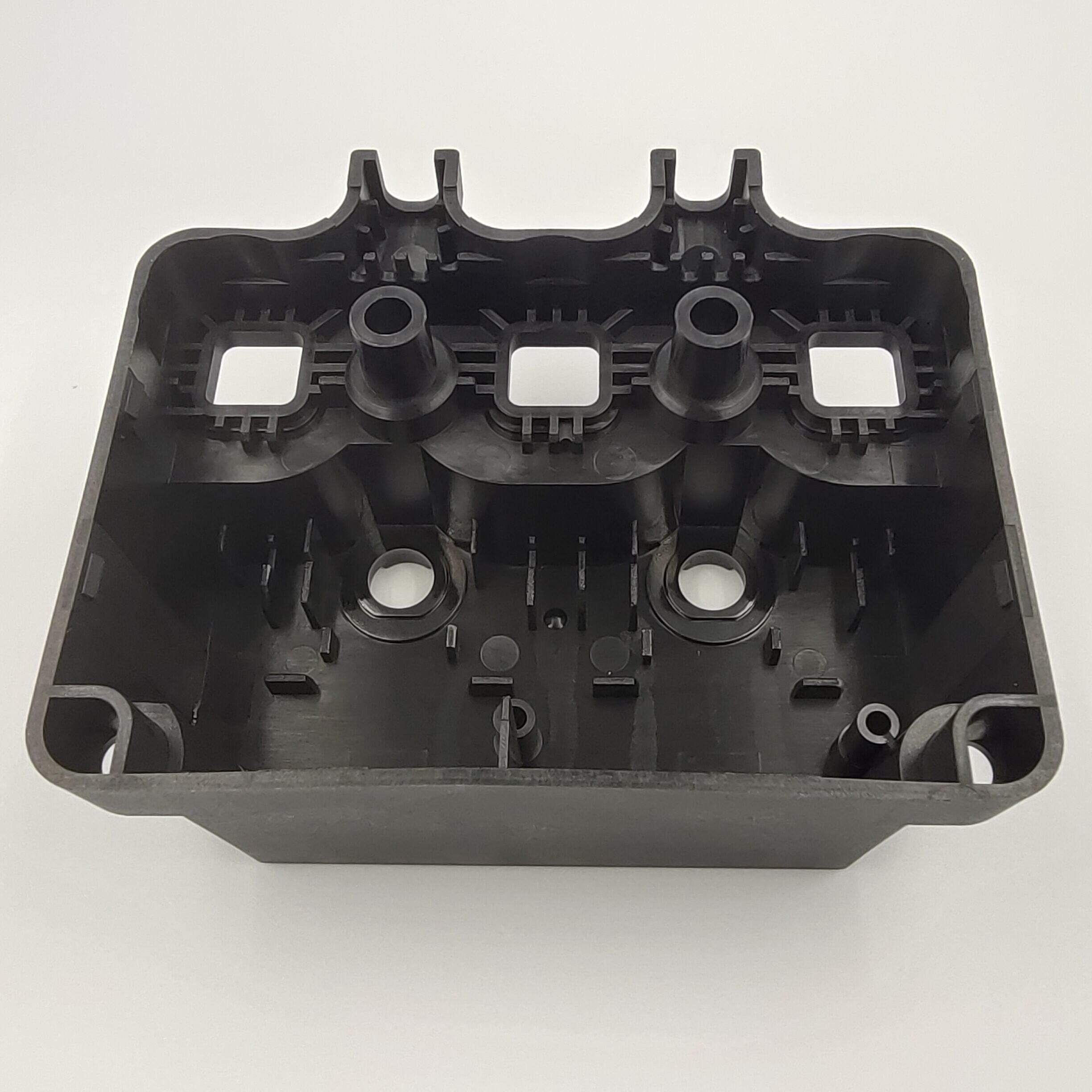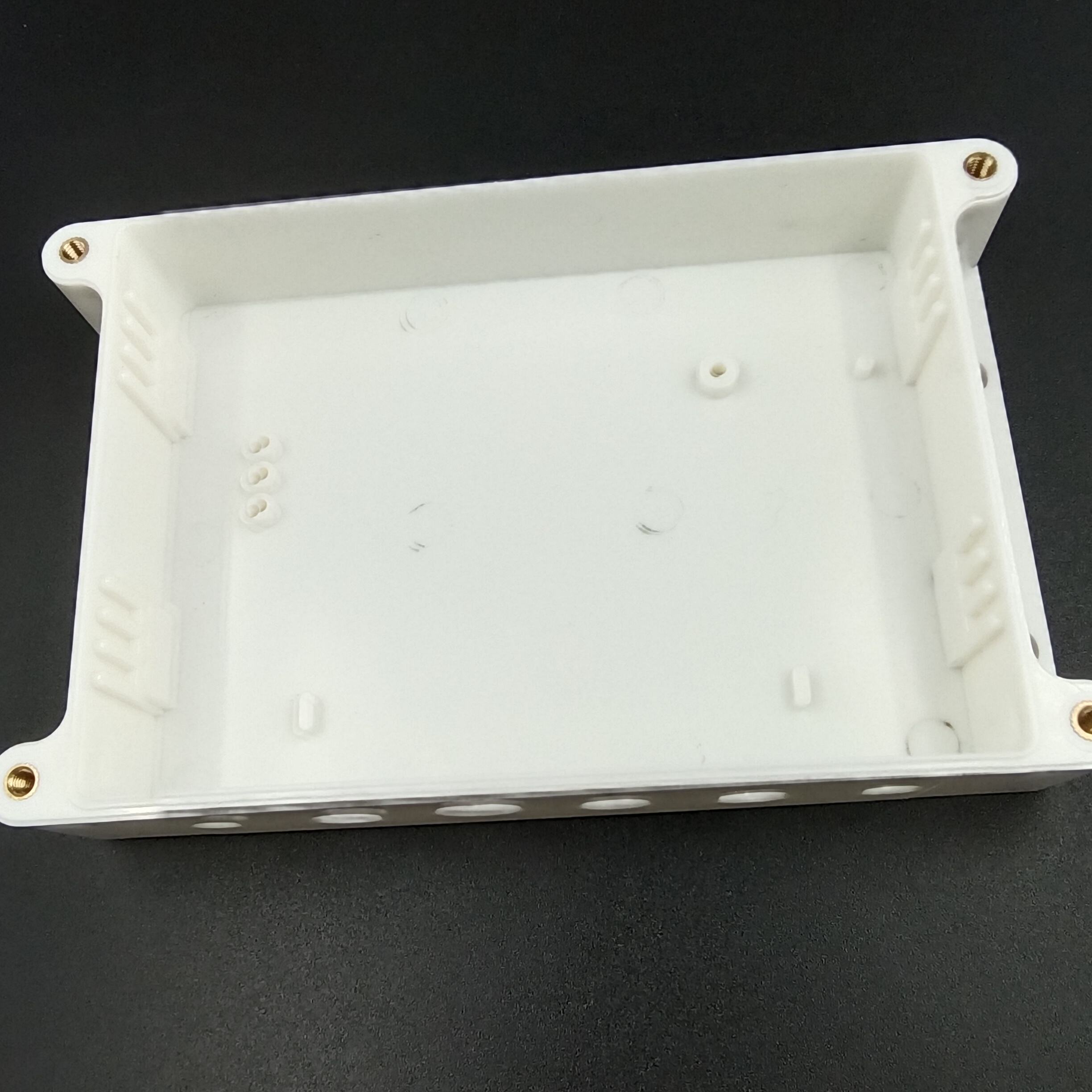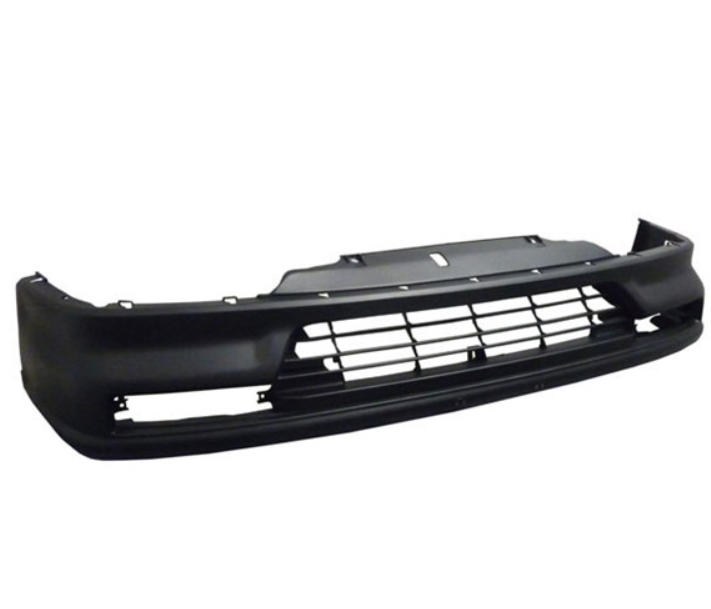Cost and Time Efficiency in the Long Run
While the initial investment in clean room injection molding may be higher than traditional molding processes, it offers substantial cost and time savings over the product lifecycle. The reduction in defects and contaminants means fewer product recalls, reworks, and quality issues, which can be costly and time-consuming. Additionally, because the parts produced are of a higher quality, they often have longer lifespans and better performance, leading to reduced maintenance and replacement costs. For customers, this translates to a better return on investment and a more sustainable manufacturing solution.


